Forty years after the Vietnam War ended, Patrick Wilson lived in its aftermath.
Wilson, 70, of Big Rapids, Michigan, started smoking more than 40 years ago while serving as a Marine in the war.
“I was also exposed to Agent Orange, so I get disability benefits as a vet,” he said. “I smoked maybe 15 cigarettes or so a day.”
He eventually cut down and, by 2009, he quit entirely.
But that didn’t erase the problem.
“The risk for lung cancer takes many years to decrease, even after someone has quit smoking,” said Glenn VanOtteren, MD, division chief of pulmonary, critical care and sleep medicine at Spectrum Health. “Fifteen years after someone has quit, the risk remains significantly elevated.”
In 2015, Wilson took advantage of a new program Dr. VanOtteren started that year—a lung screening program at Spectrum Health Lemmen-Holton Cancer Pavilion.
The aim: encourage high-risk patients to undergo annual, low-dose CT scans.
“A smoker or former smoker, ages 55 to 80, should get an annual lung screening along with their annual checkup,” Dr. VanOtteren said. “Patients getting screened have a 20% survival advantage. It’s a proven method for detecting cancer at an early and treatable stage.”
“Patrick started coming in for lung screening in 2015,” said Marcey Bowhuis, RN, a nurse coordinator who oversees the program. “It was during his second screening, in 2016, that we saw the nodule in his left lung.”
Courtney Lane, DNP, NP-BC, a nurse practitioner at the lung clinic, found the nodule.
“I recommended a biopsy,” Lane said.
The nodule showed stage 1A adenocarcinoma lung cancer.
Grim discovery
Wilson obtained a referral to Charles Willekes, MD, FACS, cardiothoracic surgeon at Spectrum Health Fred & Lena Meijer Heart Center.
Given the results, Wilson opted for surgery.
“I didn’t want surgery just to remove the nodule,” Wilson said. “I wanted them to remove the entire left lobe.”
Dr. Willekes performed the surgery in January 2018 using the da Vinci robotic surgical system. He successfully removed the lobe, which meant Wilson could consider himself cancer-free.
His health problems, however, were far from over.
During surgery, Dr. Willekes noticed an aortic aneurysm—an enlargement of the aorta, the body’s largest blood vessel.
It’s called an aneurysm when it’s twice its normal size.
“I hadn’t felt any pain, except maybe once during a fishing trip, but it passed quickly,” Wilson said. “So I didn’t pay any attention to it.”
Wilson’s enlarged aorta hadn’t yet ruptured, but it had grown large enough to concern the doctor.
Wilson would have to undergo surveillance scans after surgery so doctors could keep a close watch on it.
“The wall of the aorta had begun to split, but had not yet burst,” Dr. Willekes said. “Normally, about 98 percent of aortic dissections present as a surgical emergency. This one fell into that 2 percent that hadn’t yet ruptured.”
The surveillance scans came to show an increased risk: Wilson’s aorta grew a full centimeter by November 2018.
“It enlarged to 6.2 centimeters,” Wilson recalls. “Not acceptable. It could have been a catastrophic blowout.”
Soldiering on
In May 2019, Wilson checked into the Meijer Heart Center.
Dr. Willekes performed a double bypass and removed a section of his aorta, putting a tube-like sleeve in its place.
“The surgeon stopped my heart for about 90 minutes and had me on a heart and lung machine during the five-hour surgery,” Wilson said. “I was in the hospital for four to five days, but I had trouble keeping anything down. I was gagging whenever I tried to eat or drink.”
When he could finally keep something down—a sip of orange juice, a spoonful of Jell-O—he got the OK to return home.
But even then he had no appetite.
“I was still gagging,” Wilson said. “I got weak and an ambulance took me back to the hospital. After a while I was able to keep a piece of tilapia down, although it took me a half hour to eat it.”
Wilson soon returned home to his wife, Helene, who knew just how to cook him the perfect meal.
She worked up his favorite: macaroni and cheese with spinach—and a ribeye steak, sizzling on the grill.
“Oh, she treats me like a king,” Wilson laughed, smacking his lips and tossing a fond look at his wife.
The two former teachers met in school—Wilson a special education teacher, his wife a third-grade teacher.
They’re both retired now and they’ve certainly earned the company of their grandchildren.
With good health, they hope to enjoy many more years together.
“We have a son who is a police officer in Grand Rapids,” Wilson said. “And a daughter who is a store manager. Our oldest daughter, Sarah, was murdered in 2008. Yes, we’ve been through a lot.”
If Wilson deserves a break in life, he feels he got it with his health care.
His prognosis is excellent. The aneurysm risk has been eliminated and his lungs remain cancer-free.
He’ll continue to undergo CT scans of his lungs every six months for the next two years, then annually for five years. Lane, who discovered the nodule in 2016, performs the ongoing surveillance screenings on Wilson.
“My energy is coming back,” Wilson said. “I am walking five minutes at a time now and I will soon be fully active again.
“I can’t say how important it is to get that annual checkup,” he said. “Get those lung screenings, be honest with your doctor and follow your doctor’s advice.”
And, yes, quit smoking. Sooner rather than later.
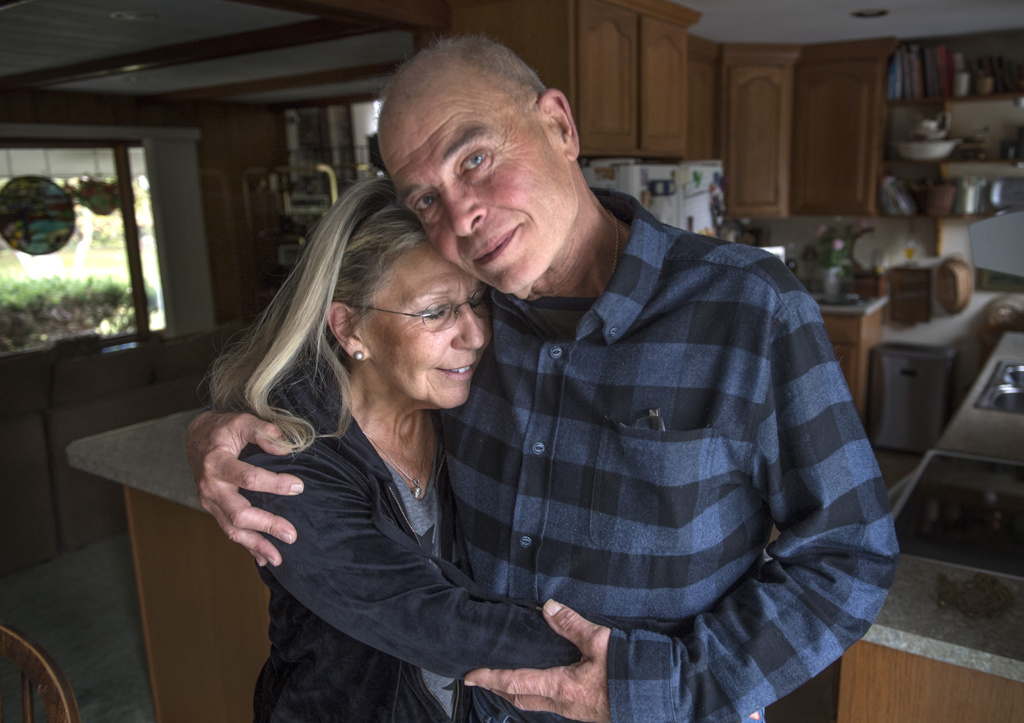
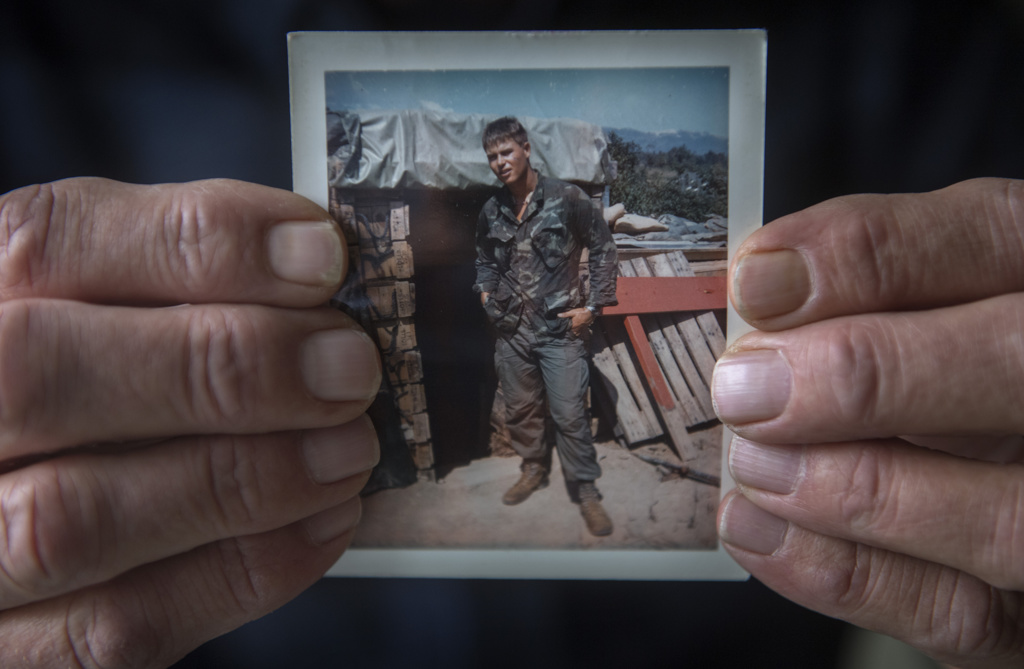


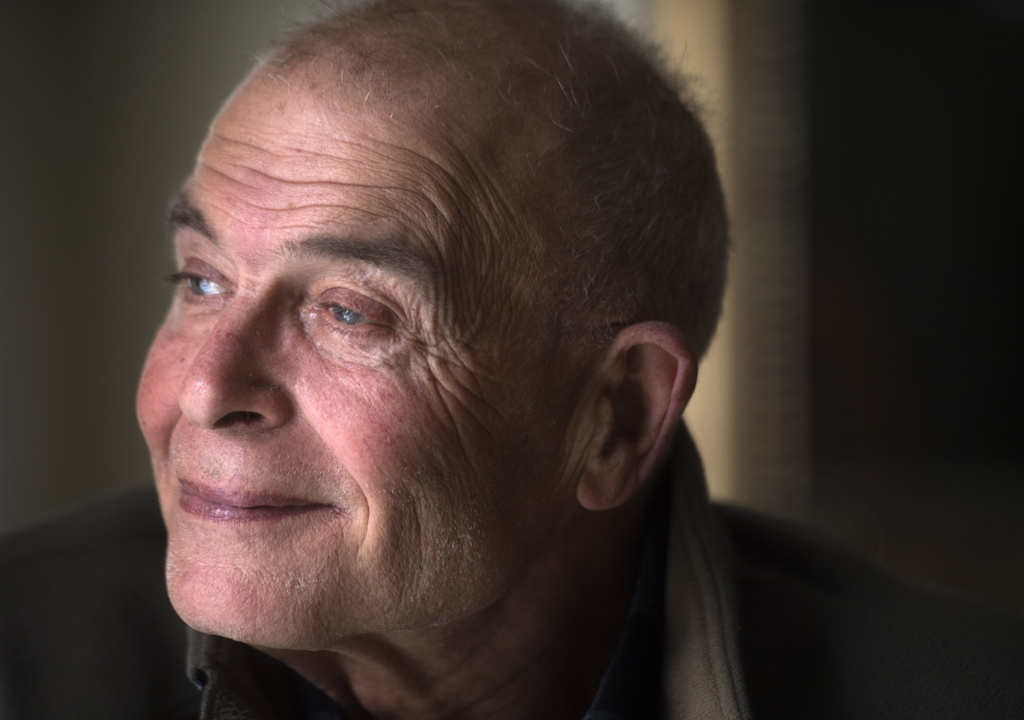
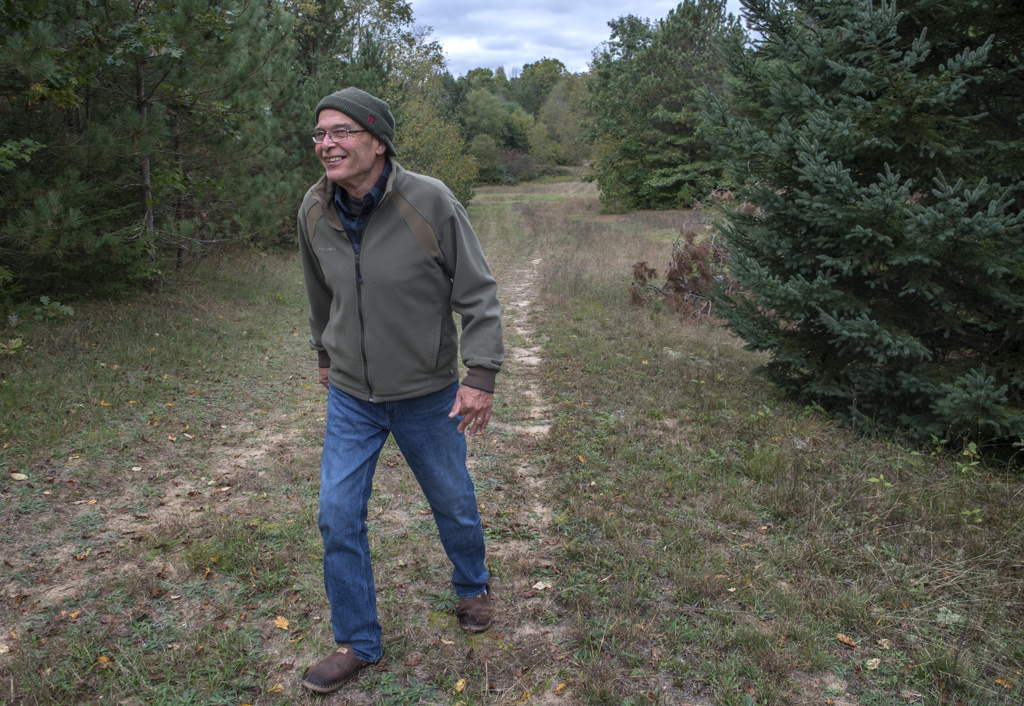
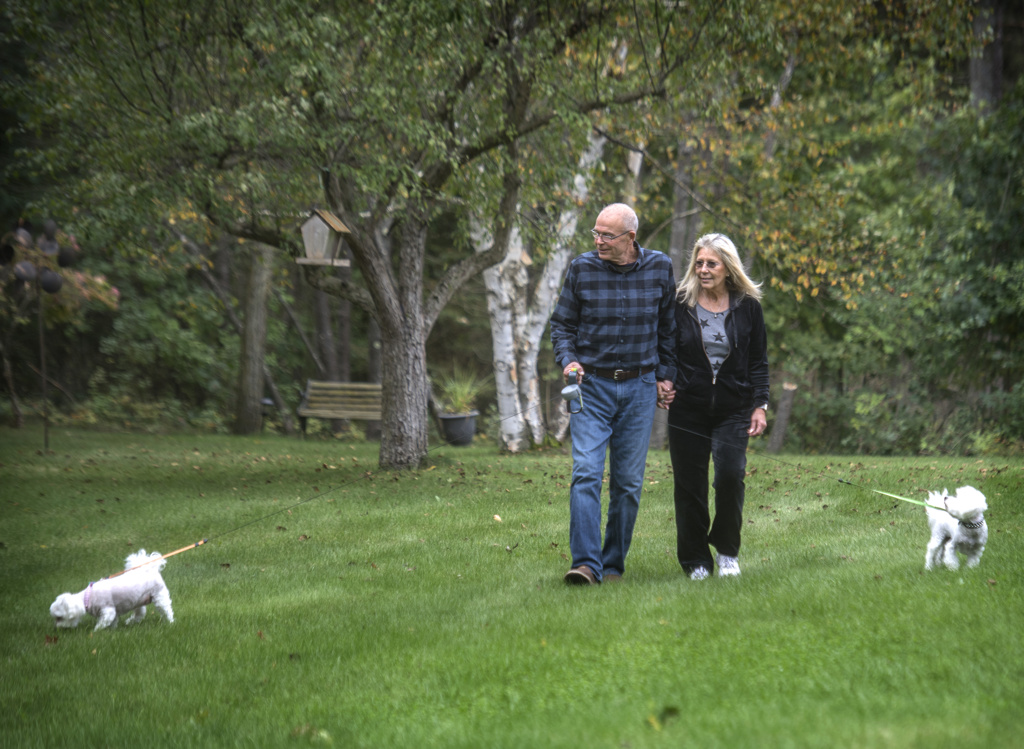
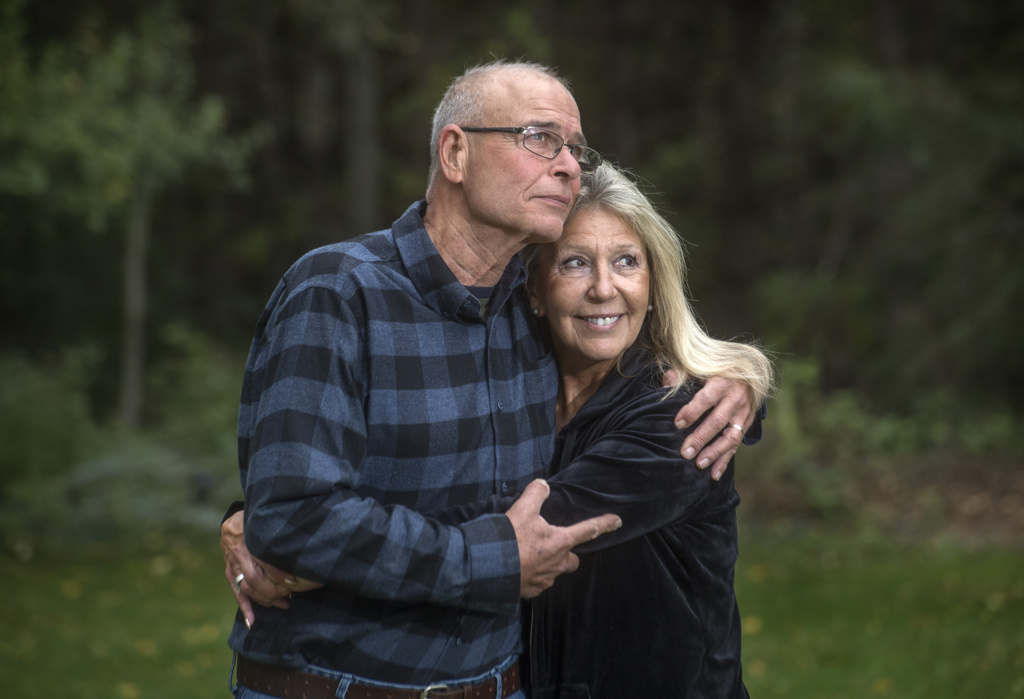





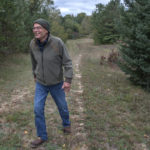
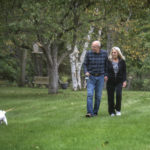

 /a>
/a>
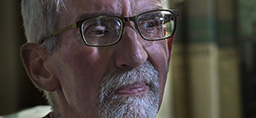 /a>
/a>
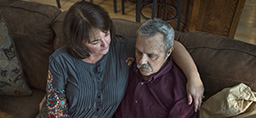 /a>
/a>
Mr. Wilson is a wonderful men he was my teacher in high as special ED teacher and an driver Ed teacher stay strong Mr Wilson 😎
I am very happy for the good outcome Mr. Wilson had. It proves screening and early detection makes a difference. Low dose CT screening should be offered to everyone, not just high risk patients, just as mammograms and colonoscopies are available to everyone. The lives of those of us with no risk factors who still got lung cancer (but were not diagnosed at an early stage due to not qualifying for the screening) are just as valuable as the high risk patients.